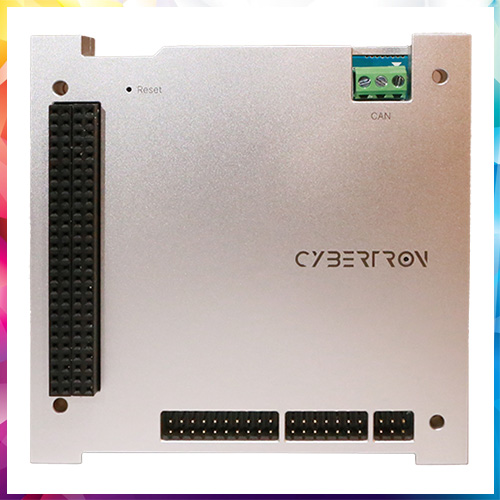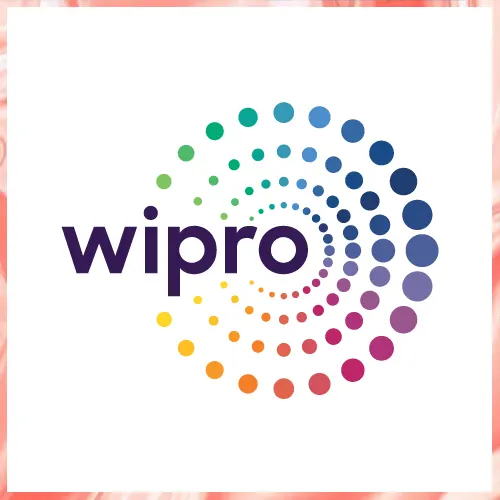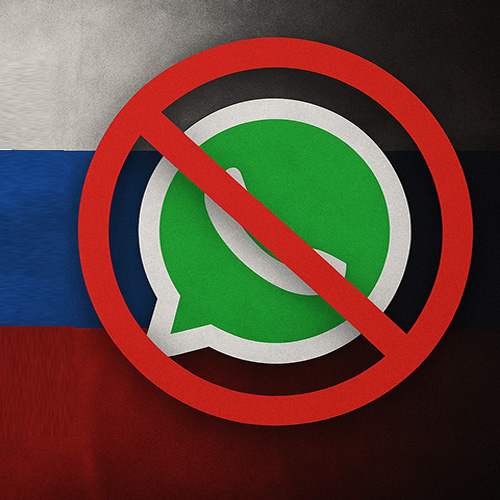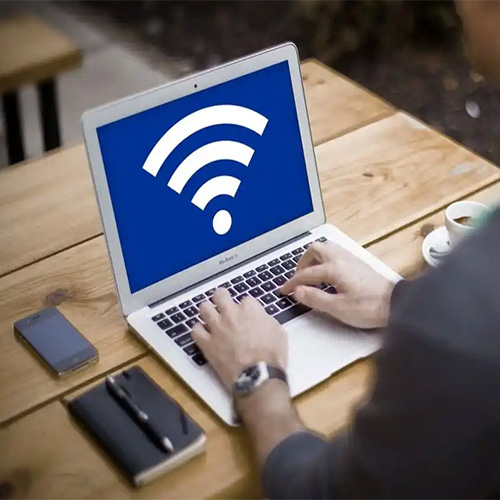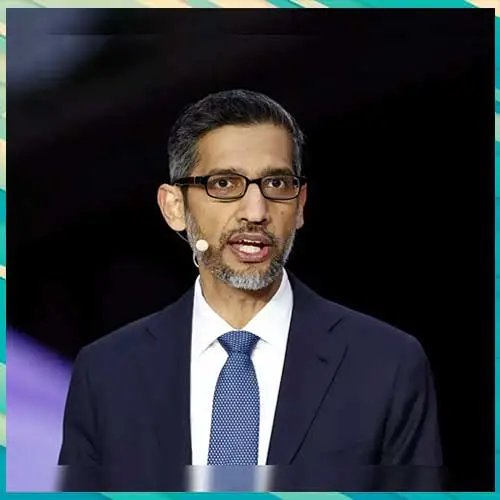
In its petition, the Payments Council of India urged the government to reintroduce 30bps MDR for UPI transactions for large merchants and impose MDR on RuPay transactions, aligning with credit and non-RuPay debit card fees
The Payments Council of India (PCI) has submitted a formal letter to Prime Minister Narendra Modi, urging the government to reconsider its Zero Merchant Discount Rate (MDR) policy for Unified Payments Interface (UPI) and RuPay transactions. This call for reconsideration comes in response to the government’s recent decision to reduce the MDR subsidy for UPI transactions, a move that has stirred significant debate in the payments industry.
Recently, the government announced a subsidy allocation of Rs 1,500 crore for UPI transactions in the current financial year, far below the industry’s expectations of Rs 5,500-6,000 crore. MDR is the fee that banks charge merchants for facilitating digital payments, and before being waived in 2020, UPI’s MDR had been set at 30 basis points (bps). One basis point is one-hundredth of a percentage point. The government’s decision to waive this fee was intended to encourage the widespread adoption of digital payments across India.
In its petition, the Payments Council of India, which represents fintech and payment companies, has requested the government to reintroduce the 30bps MDR for UPI transactions, particularly for larger merchants with an annual turnover of over Rs 40 lakh. The council also called for MDR to be imposed on all RuPay transactions, aligning UPI payment charges with the existing MDR rates for credit cards (around 2%) and non-RuPay debit cards (0.75%–0.9%).
Ensuring sustainability in UPI and RuPay
The PCI emphasized that reintroducing UPI and RuPay fees at a nominal rate would not disrupt merchant operations, particularly for large merchants who are already accustomed to MDR on other payment methods. The council highlighted that this move would help stabilize the financial sustainability of the digital payments ecosystem, especially in light of the reduced government subsidies for the current fiscal year.
While the government’s stance has been to position UPI as a “digital public good,” industry sources have suggested that the MDR policy debate could soon lead to changes in the upcoming financial year. At present, the subsidy is limited to small merchants, with larger businesses excluded from these benefits. Senior bankers believe that MDR for large merchants could be implemented shortly, particularly given the Rs 4,500 crore shortfall in the current year’s subsidy.
UPI, which accounts for approximately 85% of all digital transactions in India, processes more than 17 billion transactions monthly, with a total value exceeding Rs 24 lakh crore. The platform, operated by the National Payments Corporation of India (NPCI), has been a key driver in the growth of digital payments across the country. As the MDR policy debate continues, the government and industry stakeholders are exploring ways to balance the growth of UPI with the financial sustainability of the payments ecosystem, with the introduction of UPI payment charges and RuPay fees likely to be a part of the solution moving forward.See What’s Next in Tech With the Fast Forward Newsletter
Tweets From @varindiamag
Nothing to see here - yet
When they Tweet, their Tweets will show up here.




















